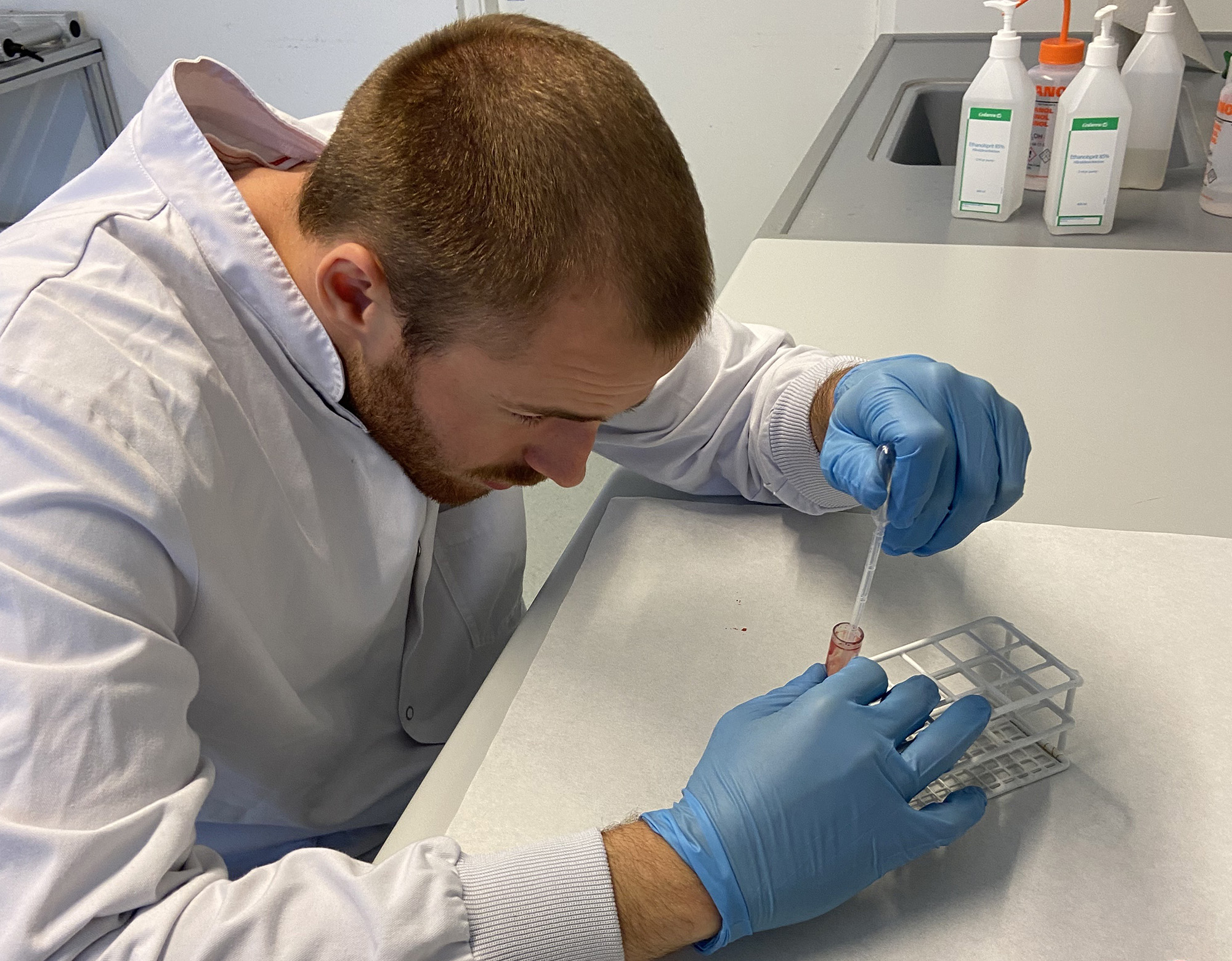

Corn protein key to better texture in plant-based meat substitutes
Sales of plant-based meat products have leveled off in recent years, at least in part because current offerings lack the texture or mouth-feel of a T-bone steak or chicken breast.
Most of the meat substitutes on grocery store shelves today – burgers, nuggets, and sausages – are called texturized vegetable protein (TVP). These products are made by combining fine and coarse particles of texturized protein, then binding this with starches, gluten, and other ingredients.
Few companies are producing whole-muscle meat analogs, largely because it is proving tough to mimic the structure (texture) of a piece of beef or chicken. Plus this form of plant-based meat substitute requires extensive processing and expensive equipment.
Using the Canadian Light Source (CLS) at the University of Saskatchewan, an Ontario research team has come up with a new method for creating meat substitutes with the same fibrous qualities as a steak or chicken breast – but that relies on the existing physical and molecular properties of specific plant proteins and their interactions with one another – rather than intensive processing.
“We were looking at the market and we saw this opportunity to take a step back and use some fundamental ingredients such as protein and starch … to combine them and create a novel, whole meat-muscle analogue,” said lead researcher Stacie Dobson, a PhD student in the Department of Food Science at the University of Guelph.
The key ingredient that provided the structure they were after is zein, the primary storage protein in corn. An abundant waste product in agriculture, zein can be isolated from corn gluten. Plant-based cheeses are already taking advantage of its fiber-forming capability.
Dobson said her team – which also included scientists from Lakehead University – knew zein had viscoelastic or stretchy properties; they were curious whether they could take advantage of this to create a fibrous system. They found that combining and then 'stretching' certain starches and proteins yielded a meat substitute the texture of which closely matched that of cooked chicken and beef.
Using the CLS’s BMIT and Mid-IR beamline enabled Dobson and her colleagues to see how the starches and proteins interact, and to study the differences in density of the fibers running through their samples.
“The Canadian Light Source is a fantastic resource,” added Dobson. “FTIR (Fourier Transform Infrared) Spectromicroscopy is a very unique technique. It’s as if you took a picture of your sample, and then you go to look at each of the pixels that make up your picture. They can tell you information about your sample. In our case, we were able to differentiate what happens around the fibers.”
Dobson hopes other researchers and companies build on her team’s findings to create new whole-muscle meat substitutes that are affordable and better satisfy consumers’ expectations around texture.
If you have any questions or would like to get in touch with us, please email info@futureofproteinproduction.com






